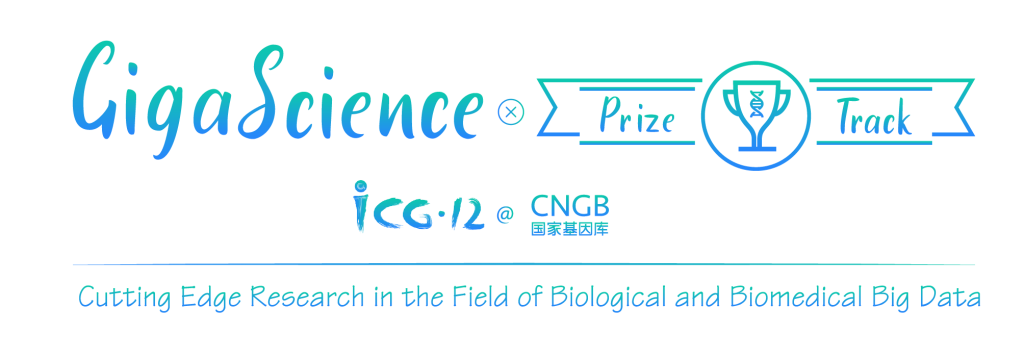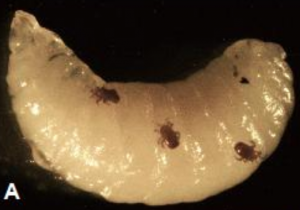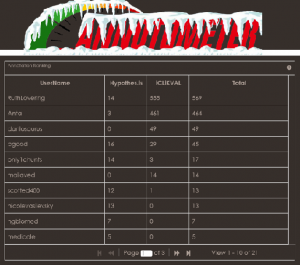
GigaScience is always trying to push the boundaries of how we disseminate reproducible research, and to adapt to the challenges of dealing with experiments become more data-intensive.


GigaScience is always trying to push the boundaries of how we disseminate reproducible research, and to adapt to the challenges of dealing with experiments become more data-intensive.

**Call for Submissions – Win Prizes and Join us in Shenzhen for ICG-12 ** Being co-published by BGI and based at their Hong Kong office we are regular participants at their yearly ICG (International Conference on Genomics) conference in Shenzhen. Since the very first meeting in 2006, ICG has grown to become one of the most influential annual meetings in ‘omics’ research, and is now in its 12th edition.

A high coverage, high quality genome sequence of the butterfly Bicyclus anynana is published today in GigaScience . B. anynana , the squinting bush brown, is a fascinating model species that can modify its morphology in response to environmental clues.

Passiflora , commonly known as Passion Vines or Passion Flowers is a genus encompassing around 500 species, all of which exhibit such huge variation in leaf shape. To further understand the unique diversity of Passiflora leaves, a recent paper published in GigaScience , presents a morphometric analysis and unique open dataset encompassing over 3,300 leaves from 40 different Passiflora species.

While the Guardians of the Galaxy film franchise has just released its second film, the GigaScience Galaxy series has just published its 10 th , 11 th and 12 th papers.

Authors can now submit their bioRxiv preprints directly to GigaScience via the biorXiv platform, at the push of a button. This handy technical integration is another hallmark of biology preprints becoming a normal, accepted, and speedy way of communicating research results. Pre-prints, versions of a scholarly paper that precede formal publication in a peer-reviewed journal are becoming increasingly mainstream.

The decline of global honeybee populations are a major environment concern, because of their vital role in our food systems and pollination of flowering plants. Twenty first century ’Omics is coming to the rescue, and published in GigaScience this week is an article that presents the genome and proteome of a mahor threat to bee colonies, the parasitic mite, Tropilaelaps mercedesae.

Cheering Ourselves up with CUDDEL(s) and Hackathons We have been working closely with the Metabolomics community for a few years now, participating in hackathon events including BYO Data parties and Hack-the-Spec – ISA as a FAIR research object – thanks to our collaboration with the ISA Team at the Oxford e-Research Centre and funding from our BBSRC UK-China partnering award.
Not many tree species are iconic enough to have inspired Goethe love poems, but the distinctive and beautiful heart shaped leaves of ginkgo have made it a popular symbol in art and design. Coming from East Asia and having a long association with Buddhist temples and parks in China, Korea and Japan, it was thought to be extinct in the wild and only in more recent times were small wild populations identified in mountain groves in South West China.

Forget Movember – with all the cool open brain science activities happening at GigaScience and the upcoming Society for Neuroscience (SfN) 2016 meeting in San Diego (November 12-16), we are naming it Neuro-November!